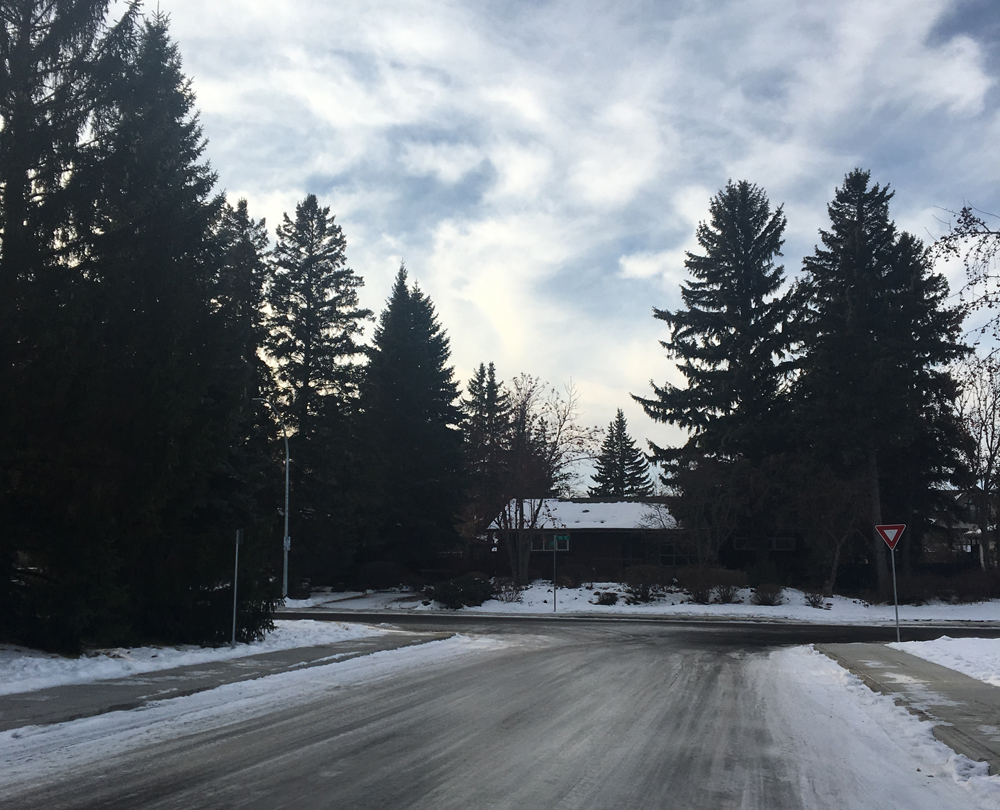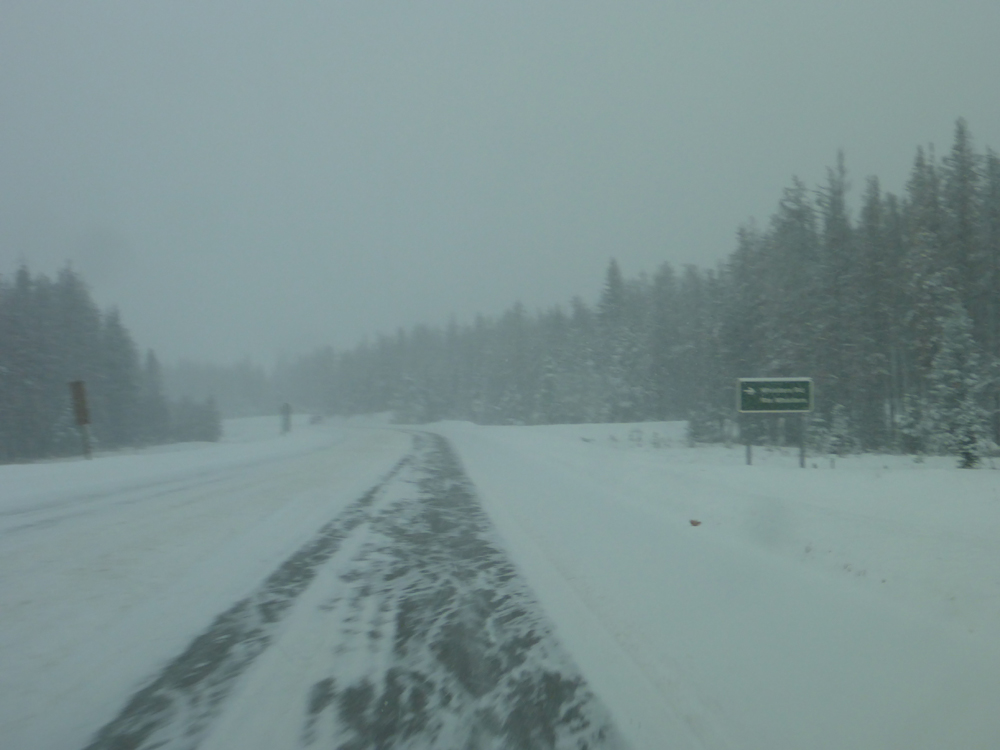
The US Department of Transportation’s report on how adverse weather and road conditions affect automated vehicles (AVs) suggests that we all – including manufacturers – have a great deal to learn.
There are loads of cars with features such as steering and braking assistance on the market which, the report points out, “are manufactured with sensors, perception systems and software to allow them to drive in various environmental conditions”.
Crucially, however, “most of the currently available systems are not designed to operate in all adverse weather conditions”.
Weather and road weather conditions “can adversely affect vehicle performance and driver behaviour, and thus have a direct impact upon safety and mobility”.
Statistics from the Federal Highway Administration (FHWA) show that more than one in five annual motor vehicle crashes are related to weather, many involving injuries and fatalities.
Chief among the many concerns about AVs – right after the one about how dependent drivers will become on them, thus limiting their ability to respond when they need to – is exactly this worry: what will rain, ice and snow do to the ability of those same sensors, perception systems and software to identify all the obstacles a car will face?

USDoT’s work in essence summarises the findings of an FHWA project that conducted a literature review, two experiments to observe the performance of AVs and their sensor systems under controlled conditions, and three listening sessions with stakeholders.
Automated Vehicles and Adverse Weather: Final Report aims to guide the USDoT’s research and development agenda, the operational and maintenance strategies of state and local transportation agencies – and to “create awareness among private sector developers and designers on effects of adverse weather on AV operations”. It finds some answers. And a bunch of other questions.
To take one example, the report suggests that the limitations of AVs are not fully understood. “Some of the vehicles studied for the report were challenged when exposed to adverse weather, and the team observed a significant amount of performance inconsistency from vehicle to vehicle,” it says.
“Some tested vehicles used different approaches to automation and driver assistance. The report found that advancements in data connectivity, infrastructure support, and rule-making are needed to improve safety and achieve higher levels of automation. In addition, state and local agencies must be better equipped to provide advice on AV use in adverse conditions.”
The limitations of this readily-available technology are not fully understood, the report suggests. Better decision support for beginning or continuing trips is also needed, with state and local agencies urged to provide advice on AV use in adverse conditions.
“In the meantime, Level 2 AV drivers must avoid over-trusting automation, avoid complacency and be prepared to engage,” the report insists. “Their owner’s manuals all caution that the systems cannot function in all weather conditions. They qualify adverse weather conditions under which sensors and automated functions should not be relied upon, and under which drivers should be prepared to take control.”
While the exact wording and conditions vary from manufacturer to manufacturer, there are common themes.
“Automated control of speed is generally discouraged when visibility is limited by atmospheric conditions or by precipitation on the windshield or sensor lens or when the air temperature is outside an acceptable range,” it continues. “The same conditions limit automated steering control, as does a slippery surface.”
The human factor in all this is currently under-researched – although, interestingly, as well as documented reports of drivers putting too much trust in their Level 2 vehicles, there has also been one of a driver putting too little trust into a far more highly-automated Level 4 vehicle – leading to an “unfavourable outcome”, as the report puts it.
All sorts of weather conditions – most of which are not at the extreme end of human experience – can have a telling impact. “The transition from automated to human control can be difficult during gusty wind, and visual sensors may not have adequate resolution to recognise small pieces of debris blown by wind,” says the report. “Fog limits a vision system’s ability in the same way it limits a human’s ability to detect objects.”
The technology is sophisticated, with radar currently used for adaptive cruise control, but simple rain reduces visibility for AVs. Also: “Snow and ice on the road surface, and even water in a pothole, pose challenges to perception systems.”
Five production AVs were put through their paces in controlled outdoor settings, in spring and winter weather. The first block of tests took place with ice on sensors, falling rain, blowing snow and sun glare, testing high- and low-speed following, and lane-keeping on straight and curved roads. In the second test period, there was full and sporadic snow coverage of lane lines, falling snow, blowing snow, salt brine and snow-covered sensors – as well as sun glare. Similar manoeuvres were carried out.
“The same three strong conclusions stood out for test period two as were in the first test period, but against the backdrop of different adverse weather conditions,” the report says.

“First, limitations of the tested AVs were successfully challenged through exposure to adverse weather conditions. Second, a potentially significant amount of inconsistency in AV performance was found, both vehicle-to-vehicle and in some cases run-to-run in a single vehicle. Third, significant differences in AV approaches to automation and driver-assistance functionality were evident. This included different methods for sensing and processing environment states, different levels of and approaches to setting and controlling automation, different algorithm-based criteria for automation support, and different ways of presenting status and alerting information to drivers.”
Those responsible for the maintenance and operation of roads in particular had more questions than answers on how they will support the operation of AVs in adverse weather, the report says of the stakeholder meetings.
Practical concerns included the need “to recognise and prioritise maintenance support for AV operations with respect to other responsibilities, and recommended publicising maintenance guidelines for public awareness and use in support of operating vehicles with levels of driving automation where the human driver is responsible for monitoring the driving environment”.
There were also key questions around what new skills and equipment agencies might need – and how they might fund this. Moreover, who decides if the weather is suitable for AVs? Would the driver, a state or local authority (which often has the right to ban travel anyway) or perhaps even the vehicle itself make the final decision? Whatever happens, accurate information about the prevailing conditions is going to be increasingly important.
“Weather and road weather forecasting will become especially important at higher levels of automation, where a driver might be paying no attention at all to the approaching storm or where a passenger with special needs may be unable to assume the driving task,” the report says.
Component suppliers – naturally enough – were confident that their products will improve but recognised that vehicles ultimately still need forecasts along their entire route.
The report concludes that more coordination between vehicle manufacturers, USDoT and partner agencies, and researchers is needed “to define the roles of each in enabling the operation of AVs in adverse weather, and to engineer a system to do so”.
USDoT vows to take a leadership role “in ensuring automated vehicles operate as intended in adverse weather conditions”.
“By extending existing programmes and bringing together government and industry stakeholders, USDoT can ensure that wise choices are made with respect to starting and continuing trips with driving automation,” the report adds.
Challenges – and solutions
Automated Vehicles and Adverse Weather: Final Report says that the biggest challenges USDoT can help solve are to:
1) establish metrics to define weather components of the operational design domain;
2) help define roles and responsibilities for collecting, quality checking, assimilating and disseminating external weather and road weather information needed by AVs and AV operators;
3) facilitate increased understanding and preparations for infrastructure connectivity and security;
4) support continued AV technology research and testing to help prioritise resources and strategies for supporting AV operations based on a thorough understanding of the needs of AVs and stakeholders that will support safe and efficient AV operations.











